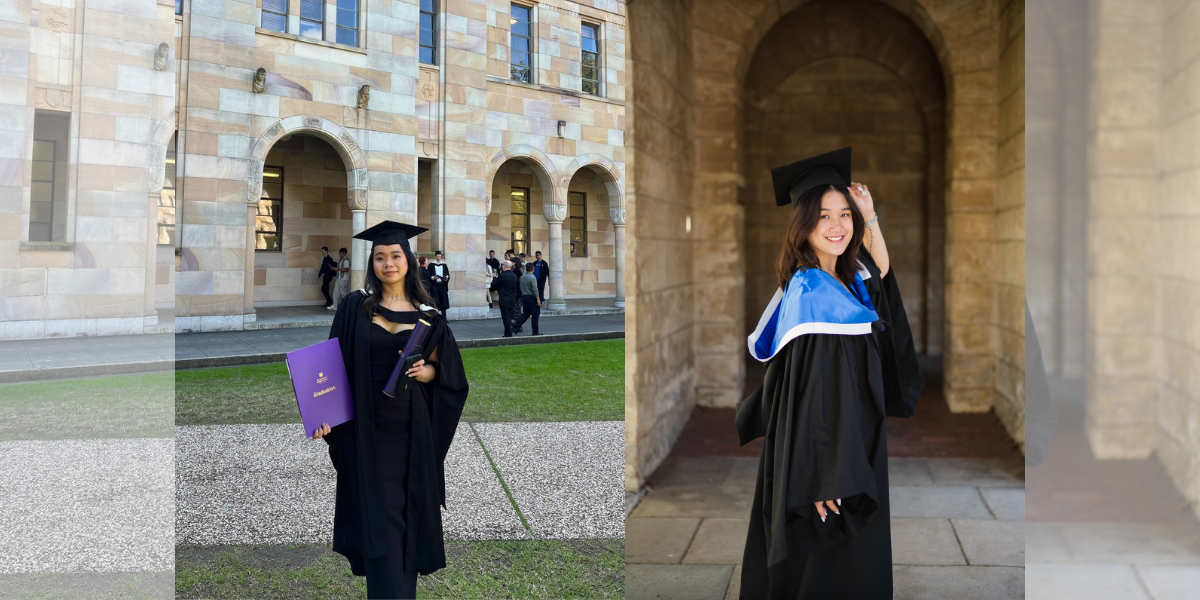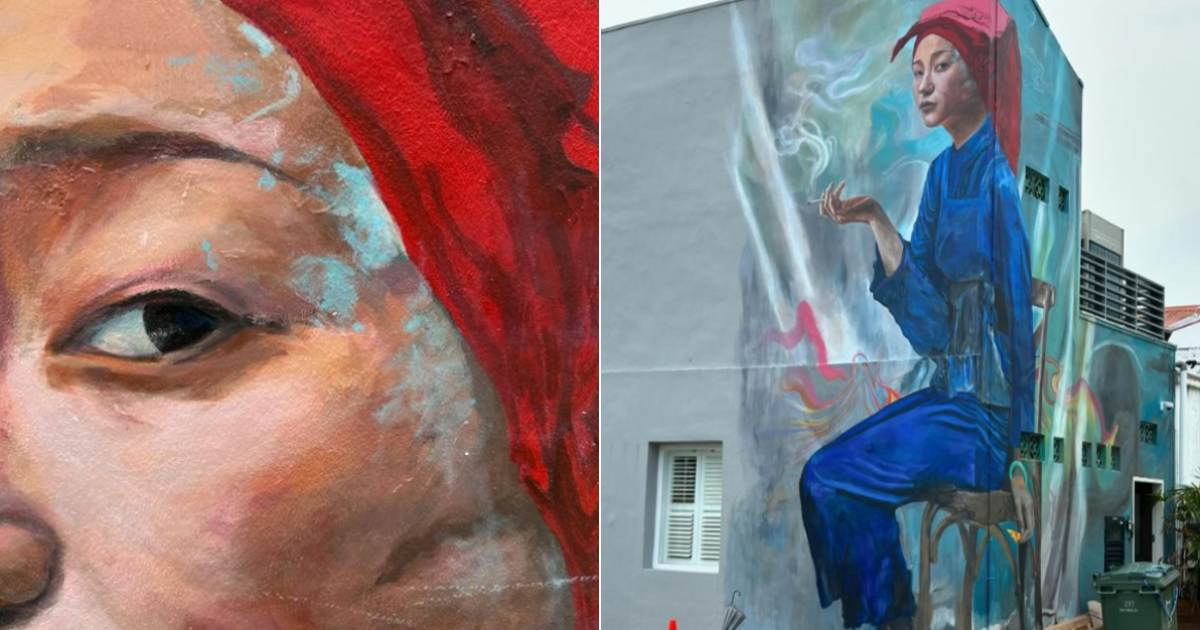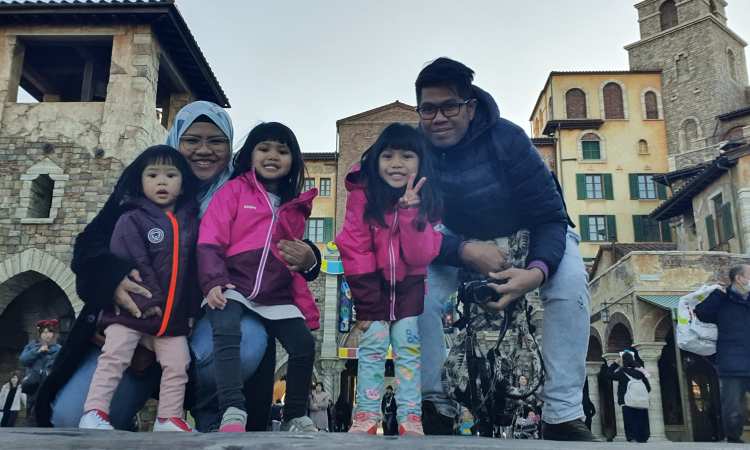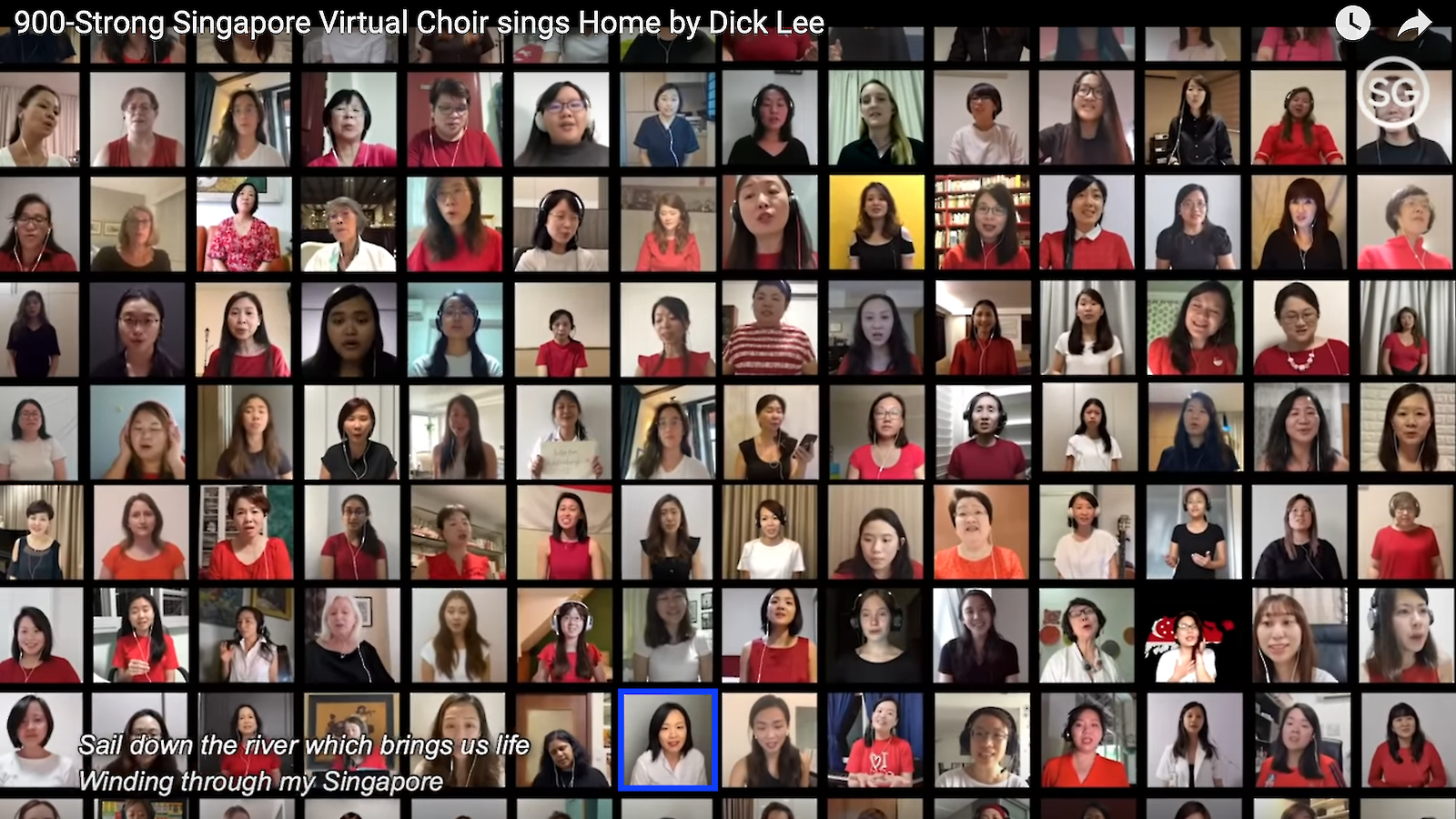When Voices of Singapore (VOS) announced on Mar 26 that it was creating a virtual choir to sing our all-time favourite Singapore song, Home by singer-songwriter Dick Lee, I signed up immediately. Not only that, I sent the information to my friends (who ironically were also sending it to me, pretty much at the same time), all of us “jio-ing” each other to take part. After all, as seasoned choristers, with lots of time on our hands at home, why wouldn’t we want to do one of the coolest Covid-19 lockdown-driven activities in a show of solidarity for our nation?
And we weren’t alone. After the sign-ups were collated, more than 2,100 Singaporeans from all over the world had indicated their interest. Then came the instructions, by way of video tutorials with conductor and VOS founder, Darius Lim.
We could choose to sing one of five different parts (melody, soprano, alto, tenor or bass) with the help of a separate backing track video for each. Singers needed two devices – one to play the backing track for your part with headphones, and another device to record your voice. I’m sure many people found this a new and challenging experience, having to operate two devices at the same time and turn their home into a recording studio. A lot of effort went into ensuring that everyone would deliver a decent recording, and I didn’t want to let the production down even though I knew I would be one of many, many voices.
Recording day
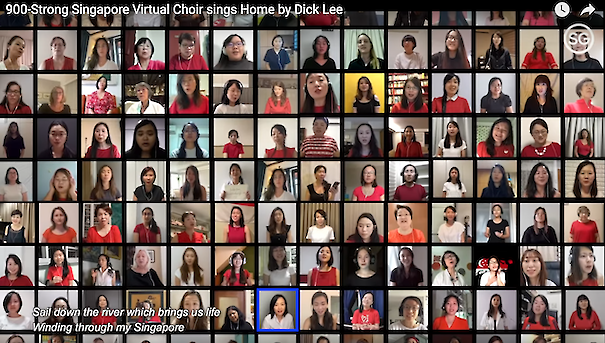
I foolishly left my recording to the last day before the submission deadline. After all, I told myself, I knew this song like the back of my hand. How difficult could it be? Confidently, I set up my Shure MV88 mic on my iPhone and had my laptop ready to play the backing track.
I wasn’t ready. I may have been up to sing, but I wasn’t prepared for the other challenge: Of having to do a recording at home during the circuit breaker with all the other family members nearby, not to mention finding a quiet place to get a good take.
Trying to do a recording in an ongoing nationwide Home-Based Learning exercise, where parents take on IT support, is a Mr Bean movie playing out in real life.
Take One was interrupted by the 8-year-old daughter with, “Mum! I typed the code and I can’t get into the virtual classroom!”; and Take Two was interrupted by the teenage son with, “Mum! Madam hasn’t signed in yet, even though we are supposed to have a live lesson now, so can I have a snack and why are you crouching in the corner with my AirPods?” They seemed oblivious to my glare. Why couldn’t they leave me alone while I was singing my heart out for the nation?
Take Three had a cameo by a reversing rubbish truck and Take Four had additional vocals from an airplane flying overhead (Singapore is small and you are quite likely to find yourself living under a flight path). I was frustrated but determined to get it right. Take Five will be it, I told myself. I will channel my inner Celine Dion and Beyonce and nail it in one take.
All was going swell until I got to the second verse. When there are troubles to go through/we’ll find a way to start anew… That was when my voice broke and my face crumpled, and I waved at my very patient husband to stop the recording.
I wasn’t ready. Home is an emotive song. Under “normal” situations, say like a good ol’ National Day Parade, we shrug off the feelings of patriotism that wash over us; those fuzzy feels that we get when Home is sung. Suddenly, squatting in a small corner of my home, I realised just how much more these lyrics mean now in times of crisis.
Till today, I have not admitted even to my closest friends that I had to stop recording more than once because I choked on the lyrics.
United Through Song
When the 4-minute long video premiered on 14 April, like many friends, I waited impatiently for the countdown on YouTube. As the 900-strong virtual choir sang their hearts out, it became a game of spotting faces I knew, including my own. My family and I peered at the tiny squares scrolling past on the video, excitedly yelling names of people we recognised. I was surprised to find that many more in my circle of friends had participated, and as cheesy as it sounds, I felt a surge of emotion over how we were connected by singing together in this virtual choir.
Since then, I’ve watched the video dozens of times – contributing to the 126,000 views so far – to spot more friends who have shared that they had sung in the virtual choir as well. Viewers left comments saying that the video brought them comfort and left them in tears. I felt so proud to have been a part of this project, and even prouder to be Singaporean.
I am not alone.
“We rarely get opportunities like these to be part of a virtual choir. I wanted to do my part. It is times like these that we band together to overcome the crisis. I feel that singing Home would truly bring hope to everyone,” shares SOTA music student Sue-Ann Ho, who sang soprano in the video. Her mother, Germaine Leong, is a member of the VOS Community Chorus. She says: “The experience was a deeply moving and meaningful one… It was our small contribution to Singapore.”
“Social isolation is hard. When I saw the call from Voices of Singapore, I felt so pleased to be part of a group again,” says Adelia Low, a homemaker in her 60s who sang the melody.
Lawyer Kelvin Aw, who sang tenor, sums it up with this sentiment. “I was blown away by just how large, how harmonious and how united we really are.”
Even though the video is just a few minutes long, I felt like we had given each other a virtual arm around the shoulder by singing together and sharing it with Singaporeans at home and abroad. Through this song, we acknowledged that Singapore is precious and that we are so fortunate to call it our home. This video is a reminder of how we have to band together to do all that is necessary to help Singapore beat this pandemic.
I’m ready to be part of that.
Stay home, for your Home.
If you like what you read, follow us on Twitter and Telegram to get the latest updates.
Other stories you might like
